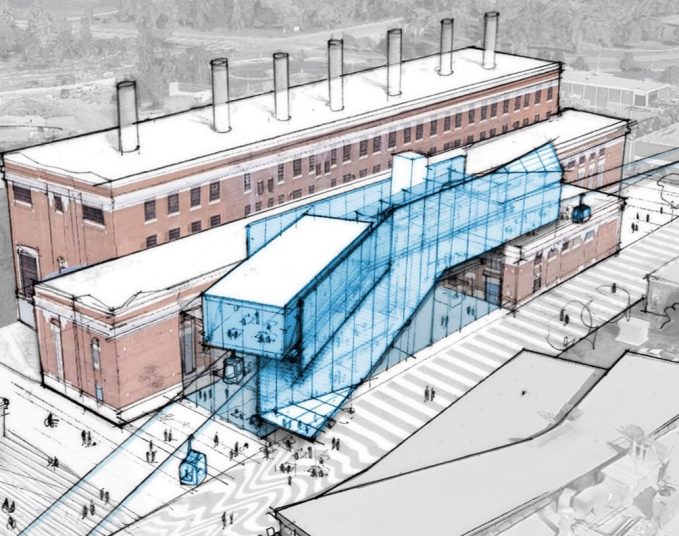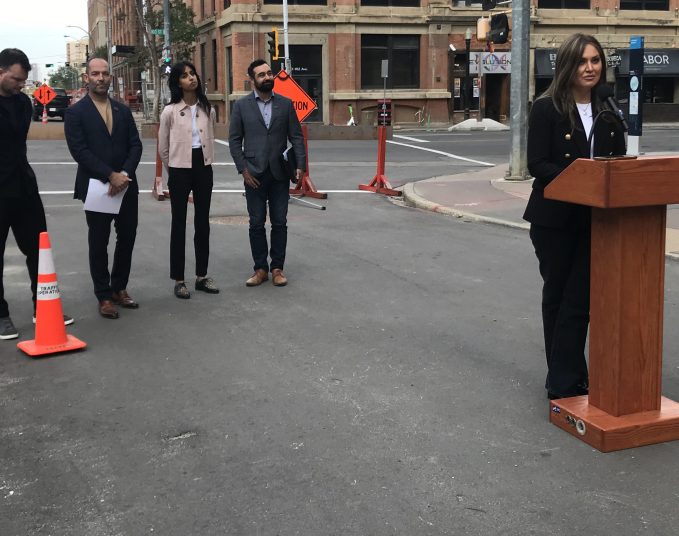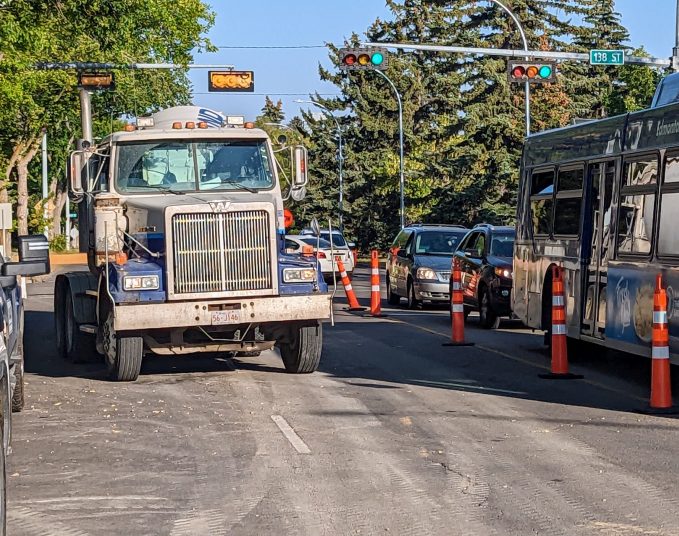Ward Sspomitapi Councillor Jo-Anne Wright thinks the city is in a Catch-22 situation when it comes to keeping people safe on the city’s roads.
Her ward, located in the southeast corner of Edmonton, is home to many new neighbourhoods with more lots just waiting to be developed. With affordable housing options for families in the area, that part of town is seeing such significant growth that one local school is giving spots to kids based on a lottery system. Basically, there are more kids than school spots and the kids who lose out have to be bussed elsewhere.
During the 2021 election campaign, Wright heard from residents who were concerned about drivers ripping through neighbourhoods and about the safety of families walking or biking in the community.
“We really have no control or ability to know what the police are spending money on,” says Councillor Jo-Anne Wright.
And this is where the Catch-22 part comes in. The City reduced residential speed limits to 40 km/h in August of 2021, before the election. But, thanks to provincial rules introduced this year, the City’s move to lower speed limits may actually make it easier for drivers to get away with speeding.
Wait, lower speed limits make it easier to speed? Is your head hurting yet? But that’s the case. In 2022, the province announced restrictions on photo radar. According to the new provincial rules, photo-radar enforcement is prohibited “on residential streets with speeds less than 50 km/h, unless they are school and playground zones or construction zones.”
“I am concerned with the moratoriums that have been placed on enforcement areas and the most recent enforcement guidelines,” says Wright. “It doesn’t allow us to have peace officers in areas under 50 kilometres an hour. Now that most of our residential roads are 40 kilometres an hour, it does limit us in how we can enforce those speed limits.
“So, there are cars speeding through residential neighbourhoods. There’s been a number of fatal accidents in the ward itself in the past year. That’s been a big concern for residents.”
Wright thinks advocacy needs to be done with the new premier, Danielle Smith, and her incoming cabinet to see if some of those enforcement rules can be changed. As well, the City has the Street Labs program, where residents are asked to come up with community-led solutions to calm traffic in their neighbourhoods.
But, then there’s the other choice, and that’s bringing the speed limit back up to a point where it can be enforced. Is it better to post 40 km/h that’s difficult to police, or a 50 km/h limit where there’s an actual threat of tickets being issued?
“Maybe we need to put the speed limit back up to 50 in the residential areas,” said Wright. “It’s something I’ve sort of been mulling around in my mind. It’s so we are able to put those enforcements in place. Nobody likes to get a photo radar ticket, me included, but it could be something we can do to curtail the speeding. And, we’ve also faced a reduction in revenue from that, both the City and the Edmonton Police Service.”
And while Wright sees the conundrum in policing the roads, she’s concerned about Edmonton City Council’s decision to raise the policing budget from $407 million to $414 million. That’s because she feels the City doesn’t have enough oversight into how the police allocate the funding.
“We really have no control or ability to know what the police are spending money on,” she says.
And, for a city that is going through budget planning at the moment, she says it is difficult when EPS makes special funding requests on top of the planned funding.
“The only analogy I can come up with is when you give a kid an allowance, and tell them it’s supposed to cover them for their hot lunches or any new gaming system that comes out. And then, when the new gaming system comes out, they ask grandma and grandpa for money.”
Police are but one consideration Wright has on her mind as she looks at what both her ward and the city need out of the coming budget process. She’s hopeful that more transit options will be available to residents in the city’s southeast.
“I think we need to do a better job. I know the city is looking at some things like some on-demand routes out in Sspomitapi.”
As well, to alleviate some traffic congestion, she’s hopeful that developers, in their push to build more homes in the area, will work to widen 17th Street.
“That’s because they want to further develop into the area there. There’s also administration looking into requirements into what point in time they are required to widen the roads.”
But, she understands that a lot of the budget process isn’t about what to add, but what the city can keep.
“The hard decision comes down to needs versus wants. There’s a lot of things we want to have in our city, but right now we still have to remain cognizant of inflation. And, can residents actually afford to pay any more in property taxes? It is going to have to be needs that we focus on, and maybe looking at some existing programs that the City has that maybe are no longer priorities — and finding money for the budget.”
Savvy AF. Blunt AF. Edmonton AF.




